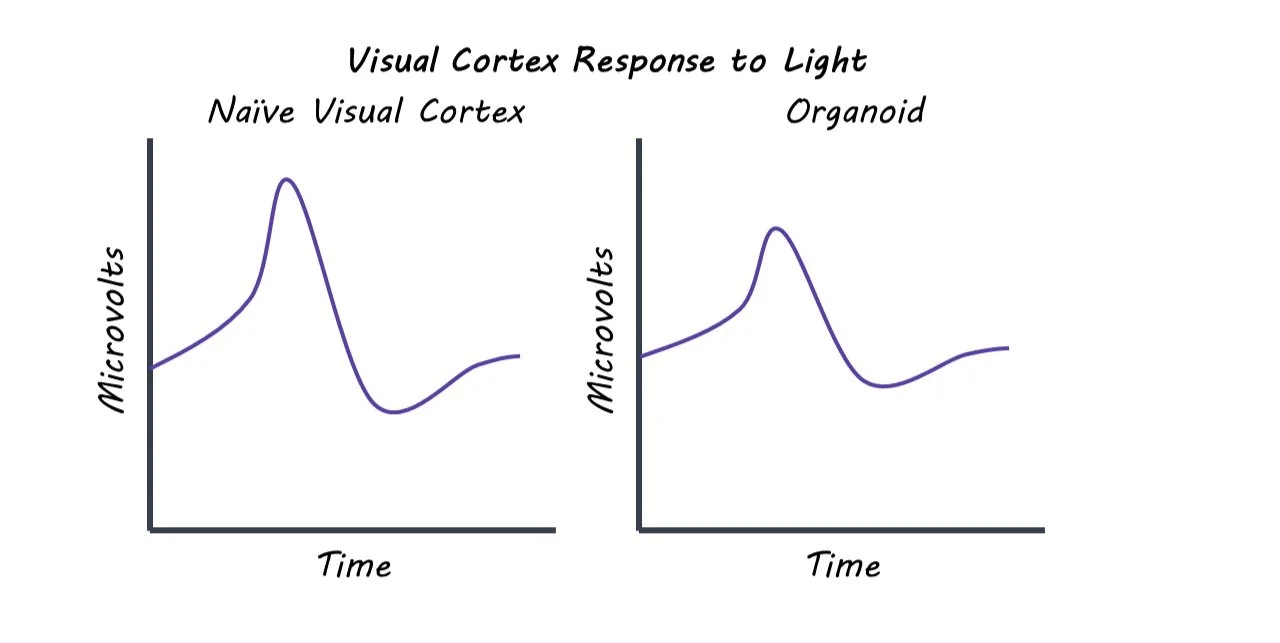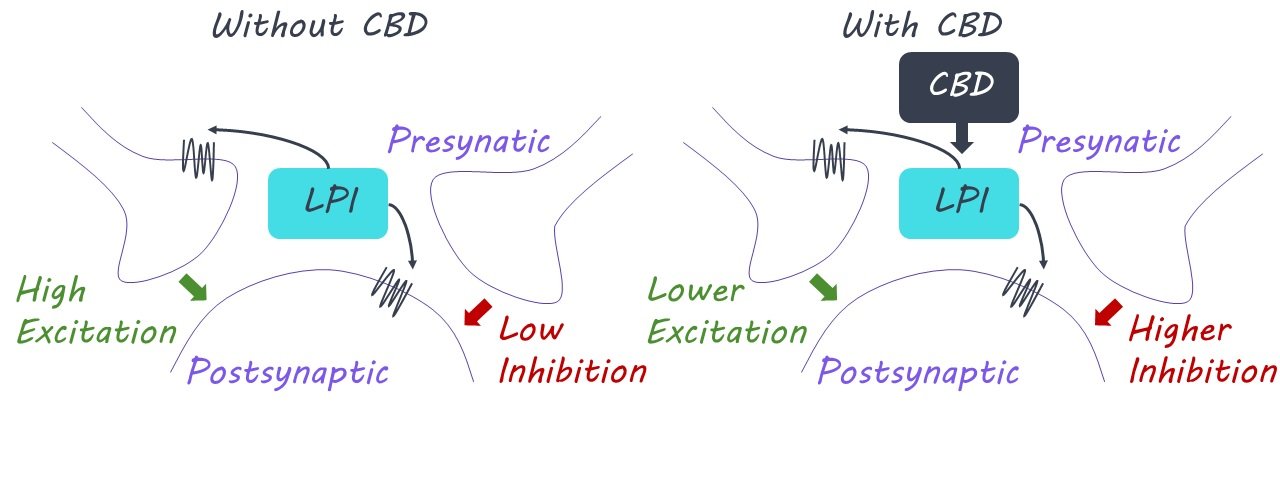A “Pro-Inflammatory” Diet is Associated with Increased Inflammation and Cognitive Decline
Post by Lani Cupo
The takeaway
A diet high in pro-inflammatory foods is associated with proteins related to inflammation in the blood and later-life cognitive impairment (associated with Alzheimer’s Disease [AD]) in a large cohort of caucasian women.
What's the science?
Previous studies have linked certain dietary patterns with elevated markers of inflammation. Additionally, increased inflammation has been associated with cognitive decline in aging. It is unknown, however, how diet relates to a wide array of inflammatory markers, and which of these play a role in cognitive decline in aging. This week in Molecular Psychiatry, Duggan and colleagues explore the relationship between dietary patterns, markers of inflammation, and cognitive decline in a large group of women over time.
How did they do it?
The authors used a subset of data from the Women’s Health Initiative Memory Study which includes samples from 1528 women, on average aged 71 at the first timepoint. At the first timepoint, researchers surveyed participants about their diet, collected blood samples to assess markers of inflammation, and performed assessments of cognition. Each annual follow-up included cognitive assessments as well. Using a pre-defined tool known as the Dietary Inflammatory Index, the authors placed each diet on a continuum from “anti-inflammatory” (e.g. tomatoes, fruits, nuts) to “pro-inflammatory” (refined carbohydrates, fried foods). 151 inflammatory and immune proteins were assessed in blood samples and included for analysis. Cognition was assessed by clinicians, who categorized participants as having “no impairment”, “mild cognitive impairment”, or a “probable dementia.” Importantly, the authors controlled for covariates that could confound the relationship between an inflammatory diet and cognitive decline, such as education. Finally, in separate datasets, the authors validated the association of proteins identified in the first study with a) age to onset of dementia in both sexes and b) brain atrophy measured with magnetic resonance imaging in both sexes in areas related to AD.
What did they find?
First, the authors found in the main sample that a more inflammatory diet at baseline was associated with 55 of the 151 inflammatory proteins in blood samples, including, for example, proteins involved in pro-inflammatory signaling (interleukin-6), and regulation of phagocytosis. They also found associations between an inflammatory diet and genes regulating inflammatory responses and responses to pro-inflammatory signals. Of the proteins associated with an inflammatory diet, the authors found 6 proteins were weakly associated with an increased likelihood of future cognitive impairment, with these proteins involved in processes such as gene transcription and immune signaling. In the first validation study, 5 of the 6 proteins had been measured, and all 5 of them were associated with increased risk of dementia and 3 of them were associated with earlier onset of dementia. From the second validation study, the authors found 3 of the 6 proteins were associated with greater brain atrophy in regions associated with AD-related dementia, and all 3 were also associated with increased rates of dementia in the first validation study.
What's the impact?
This study found a set of proteins that were associated with an inflammatory diet, a subset of which were also associated with cognitive impairment, the risk for AD, and AD-related brain atrophy. The genes that regulate these proteins could become possible therapeutic targets for AD treatments. An anti-inflammatory diet could also provide a protective effect for high-risk individuals, although further research is needed to confirm this.






